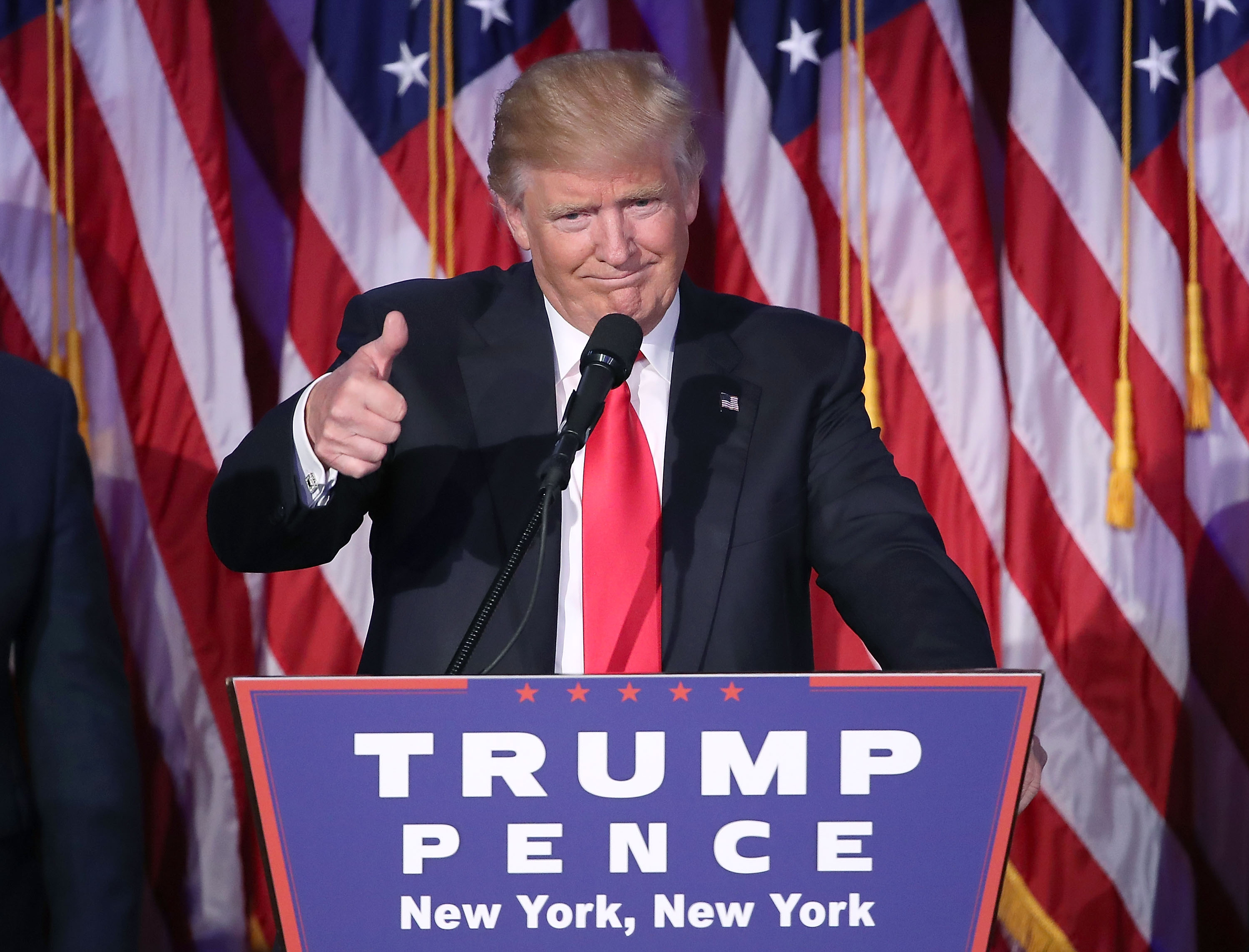

Had 118,000 votes been cast differently in Ohio, President Bush would have lost an election that he deserved to win, despite that difference being less than 0.1% of the greater than 120 million votes cast. In 2004, President Bush won the popular vote, but Senator Kerry lost Ohio by only 118,000 votes. There have been other close calls as well. Out of 55 total Presidential elections, there has been an electoral failure rate of 1 in 14 elections. Divergence between the popular vote and the Electoral College vote has occurred three times before: in 1824, 18. Bush but Bush won the Electoral College vote and became President. In the presidential election of 2000, 500,000 more votes were cast for Al Gore than for George W. The primary criticism flows from the fact that the system allows for the election of a candidate who receives fewer votes than his or her opponent. Over the years, the Electoral College has been much criticized. Third, it seems clear that the Electoral College was proposed, instead of the direct election of President, out of concern among slaveholding states that direct democracy would allow the more populous Northern States to out-vote the South in the election of President. So understood, the Electoral College was seen as an institution of informed and knowledgeable voters. In this regard, Professor Akhil Reed Amar has observed that “he Founders believed that although voters in a given state would know enough to choose between leading state candidates for House races and for the governorship, these voters might well lack information about which out-of-state figure would be best for the presidency.” Second, it has been suggested that the Electoral College was devised not so much out of concern about “democracy per se” but out of concern about “democracy based on inadequate voter information.” First, it has been suggested that the Electoral College is one of the several mechanisms, devised by the framers, to achieve a system of checks and balances as a limitation upon the excesses of pure majoritarianism. The Electoral College, as a method of electing the President, is said to have rested upon several considerations. The compact would not take effect until enough states have signed on to account for the necessary 270 electors. If 270 electoral votes are pledged in this manner, the winner of the popular vote will be elected President. (Maine and Nebraska split their electors.) This proposed legislation would have New York enter into a National Popular Vote Compact of states that would instead pledge their electoral votes to the winner of the national popular vote. There are 538 total electors, representing 535 voting members of Congress and three for the District of Columbia.Ĭurrently, all but two states pledge their electors to the candidate that receives the most votes in that state.


The Constitution further authorizes each State to decide how their electors will vote. Under this provision each State is entitled to cast votes “equal to the number of Senators and Representatives” of that State. Under Article II, Section 1 to the Constitution, the President is elected by an Electoral College. S.2286A/A.1580B would add New York as a signatory to the “Agreement Among the States to Elect the President by Nationwide Popular Vote.” The NYCLU supports this bill.


 0 kommentar(er)
0 kommentar(er)
